More than a week before being admitted to the hospital, the female patient had red, itchy patches on both palms. The lesions then progressed to blisters, shallow blisters, easily broken, and when broken, left erosions. Similar lesions appeared on both soles, trunk, arms, legs, and widespread skin necrosis, causing the patient a lot of pain.
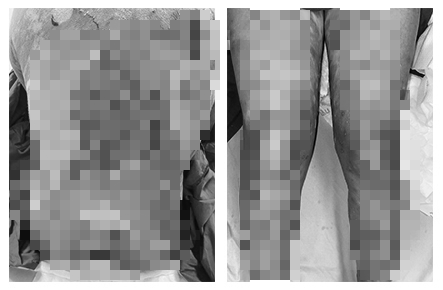
Patients with drug poisoning have skin ulcers and red lesions. Photo: Provided by the doctor
The female patient said that for about a month, she took traditional Chinese medicine to improve her health. After taking the medicine for nearly 3 weeks, the patient began the above disease process.
The patient was diagnosed with toxic epidermal necrolysis (Lyell's syndrome) and treated intensively in the department, using specific drugs and supportive care. After 10 days of treatment, the skin lesions were dry, the epidermis began to regenerate, and there were no new blisters.
The second case is a 55-year-old female patient, hospitalized with necrotic dark patches and skin erosions. Initially, the patient had dark red patches and swelling around the lips, then the red patches spread quickly to the hands, feet, and trunk, forming more blisters and vesicles.
The patient was hospitalized with high fever, low white blood cells and increased liver enzymes, accompanied by many areas of dark red skin, connecting together into plaques, blisters, and diffuse skin necrosis.
Two months before falling ill, this woman took herbal medicine to treat joint pain, then took herbal medicine (boiled medicine) to treat gastritis for three weeks.
The patient was diagnosed with toxic epidermal necrolysis (Lyell syndrome) and treated intensively in the department, using specific drugs. After 7 days of treatment, the skin lesions dried, the epidermis began to regenerate, and there were no new blisters.
Dr. Tran Thi Huyen, Department of Women's and Children's Dermatology, Central Dermatology Hospital, said that both patients were diagnosed with toxic epidermal necrolysis that occurred during the time of taking the drug and the time of disease onset.
These are severe reactions, often caused by drugs, manifesting on the skin and mucous membranes. Although rare, they are dangerous and life-threatening. The incidence of the disease in the population is only about 2/1,000,000 people, but the mortality rate is very high, up to 30%.
This reaction usually occurs 1-4 weeks after taking the drug, or even 6-8 weeks. In Vietnam, patients often use non-prescription drugs, multiple drugs, and traditional and oriental medicines with unknown ingredients, making it difficult to identify the drug causing the allergy.
According to Dr. Huyen, although there are no reported data, intentionally mixing Western medicine with Eastern medicine or folk medicine can happen. All medicines can cause drug allergies, including functional foods or non-prescription drugs.
Source












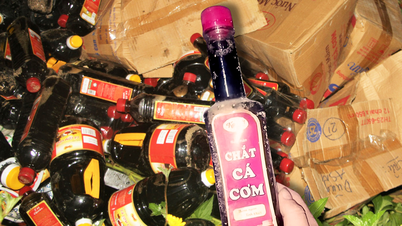

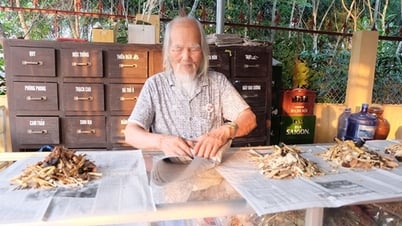












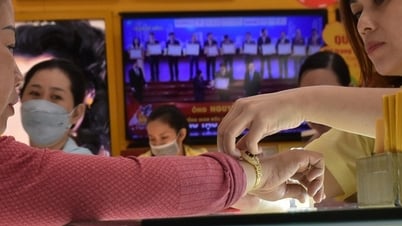
















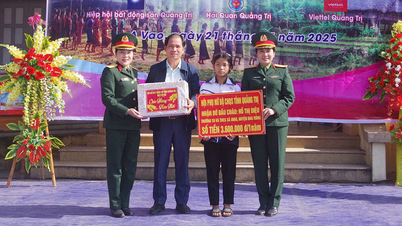












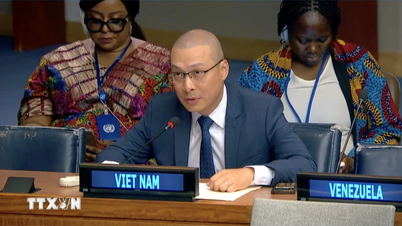


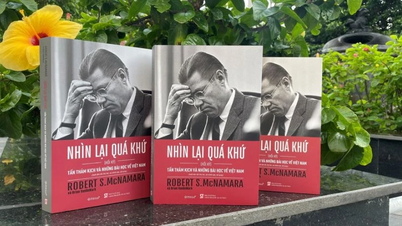























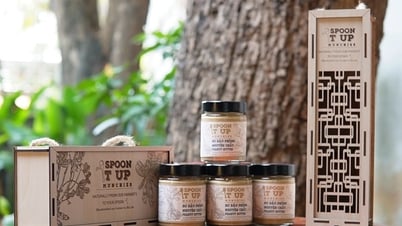




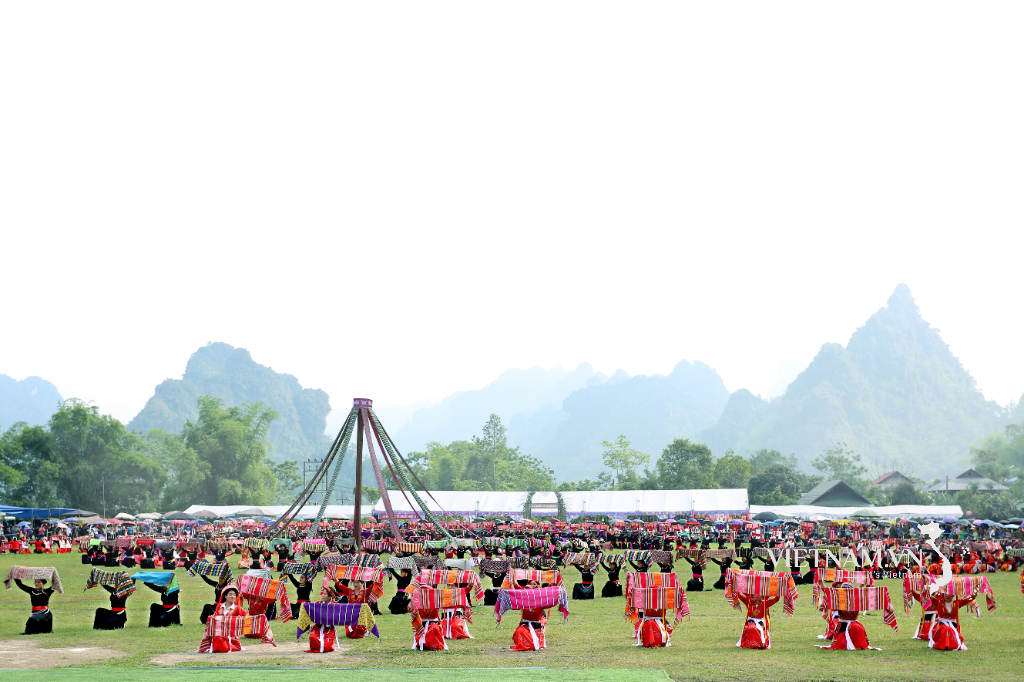
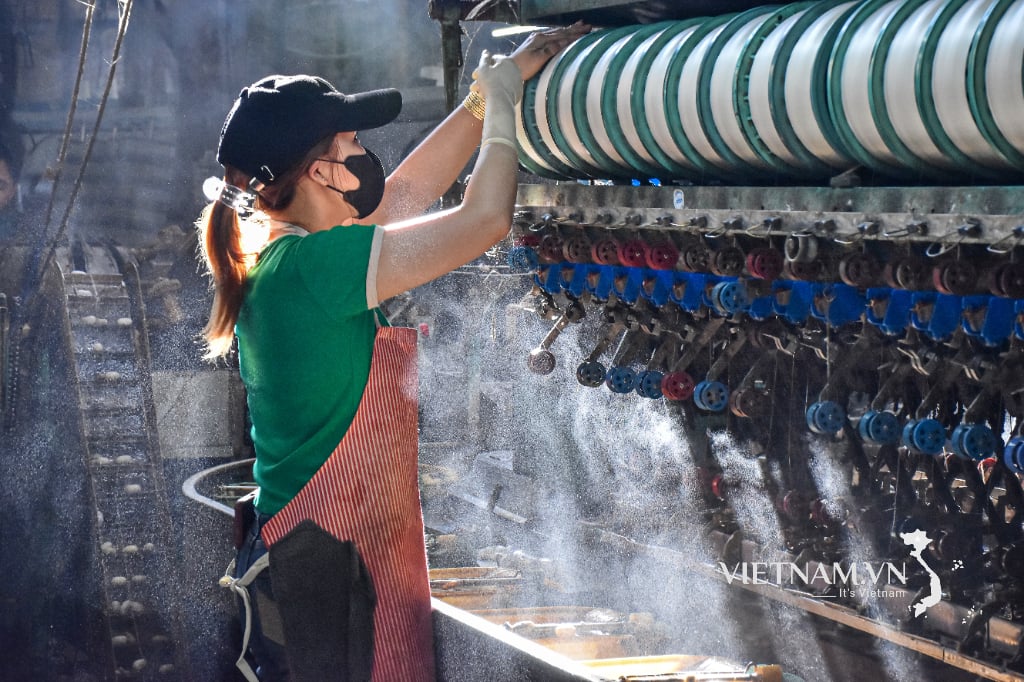
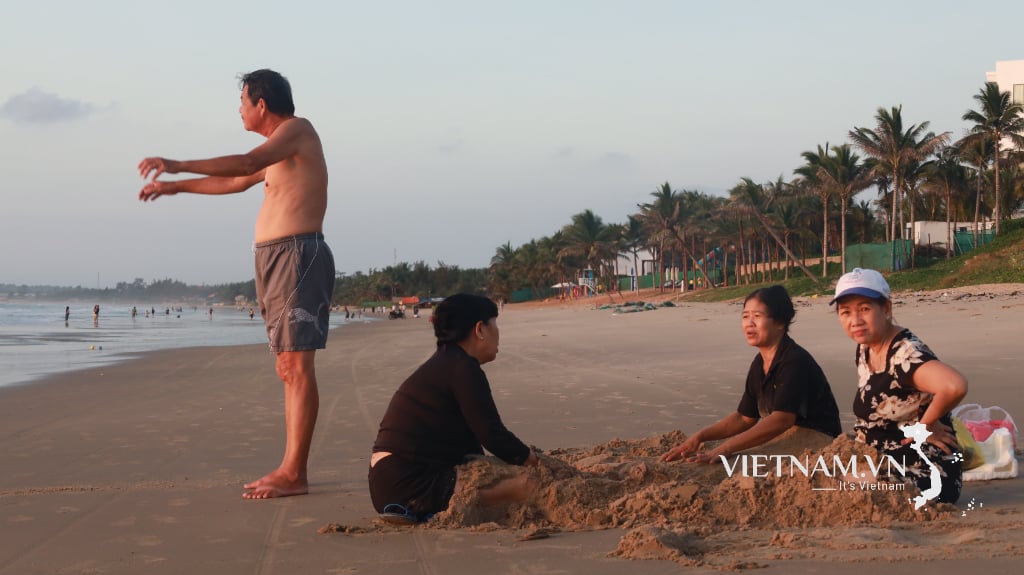

Comment (0)